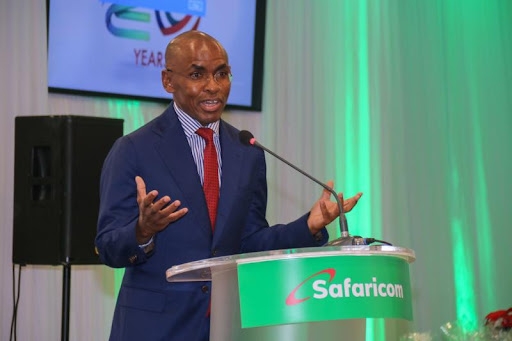Secondary schools have admitted more than one million Form 1 students for the fourth year in a row, overstretching facilities and giving headteachers congestion headaches.
The government in July began enrolling 1,088,456 candidates that sat 2020 KCPE exams in line with its promise to ensure 100 per cent transition.
The exit of this year’s secondary school finalists created room for only 750,000 students, leaving a deficit of over 400,000.
Before the Form 4 class left, the population in secondary schools was 3.1 million.
If all the candidates from this year are absorbed, the number of students is expected to rise to about 3.4 million learners in secondary schools.
The figures attest to improving transition rates since 2012. The number of children transiting from primary to secondary has risen from 57.3 per cent in 2013 to 99 per cent in 2019.
In 2017, 81 per cent of the candidates transitioned while in 2016, some 77 per cent of the learners moved from primary to secondary school.
Data on the admission of the 2020 KCPE cohort has yet to be released.
Dozens of headteachers interviewed by the Star noted that the new admissions shine a spotlight on the barriers to quality education.
A shortage of teaching staff, inadequate and dilapidated infrastructure facilities and inequitable distribution of teaching and learning resources in schools worsen the situation.
The headteachers said that schools are struggling with inadequate sanitation facilities, putting the health of students at risk.
Medics have warned of incidence of sanitation-related infections. Respiratory and intestinal infections such as diarrhoea and amoeba are the most common diseases among secondary school students. This was confirmed by a report of the National Health Insurance Fund on the secondary school medical cover.
Doctor Thuranira Kaugiria who is based at the Kenyatta National Hospital suggests that the diseases could be catalysed by the poor sanitation in the institutions.
“These are basically bowel infections and are a result of consuming contaminated water or food, or having contact with another person who has the infection,” Thuranira told the Star.
In 2019, the NHIF report showed 84,000 students sought medication for upper respiratory diseases such as asthma and bronchitis between January and December.
Protozoan diseases such as diarrhoea and amoeba which are linked to poor sanitation are the second most frequent cases reported, with 71,000 students treated in the same period.
School heads further said teachers employed by the government are inadequate for the bulging student population.
“Some schools have been forced to expand by up to five streams but the number of teachers employed does not match the population increase,” a headteacher noted.
He further indicated that the current increase in population has compromised the ability to supervise and guide students leading to teacher’s failure to check and mark student assignments.
The Secondary Education Improvement Project sought to expand classrooms and laboratories in 110 subcounties located in 30 counties. It was never enough.
To address the high enrolment numbers, schools took some urgent action.
Indimuli Kahi, the Kenya Secondary School Heads Association chairman said that most schools converted some of the existing facilities into classrooms and dormitories to cope with the huge number of students.
Among facilities converted were dining halls, staffrooms, dispensaries, laboratories, stores, libraries and disused buildings.
“Other schools bought tents, which they used as classes or libraries to ease the congestion in classes while some were forced to construct makeshift structures of iron sheets to accommodate the growing numbers,” Kahi said.
Kahi noted that some have been forced to alter their timetables to provide some essential services to the students.
“A number had reorganised their curriculum by adjusting the school timetable to ensure organised movement during meals, having adapted a shift programme,” Kahi said.
In July, Magoha said Sh6 billion will be provided to improve infrastructure in primary and secondary schools.
Even with the Sh6 billion, principals argue it is impossible to construct classes to accommodate the learners within the two months before the school year starts.
The ministry's best option would be to develop the day schools as they are projected to carry the bulk of the students.
The Education Ministry puts the number of secondary schools in the country at 8,542.
In the last three years, data from the Education Sector Report reveal the government has built slightly over 400 new classrooms.
Kahi on Thursday said classes and teachers are most important to support the expected numbers.
Currently, some schools have as high as 70 students in one class.
However, Kahi said, the allocation by the government will ensure the infrastructure problem is addressed in the long run.
“In the initial stages, the schools will have to prepare themselves to support the influx as they wait for the government to fulfil its promise on infrastructure,” Kahi said.
The Kenya Union of Post Primary Education Teachers secretary general Akello Misori called for a public-private partnership to address the problem of poor infrastructure in schools.
"We all want our children to proceed to secondary school but the extraordinary enrollment could lead to high stress and anxiety among students," Misori told the Star on phone.









